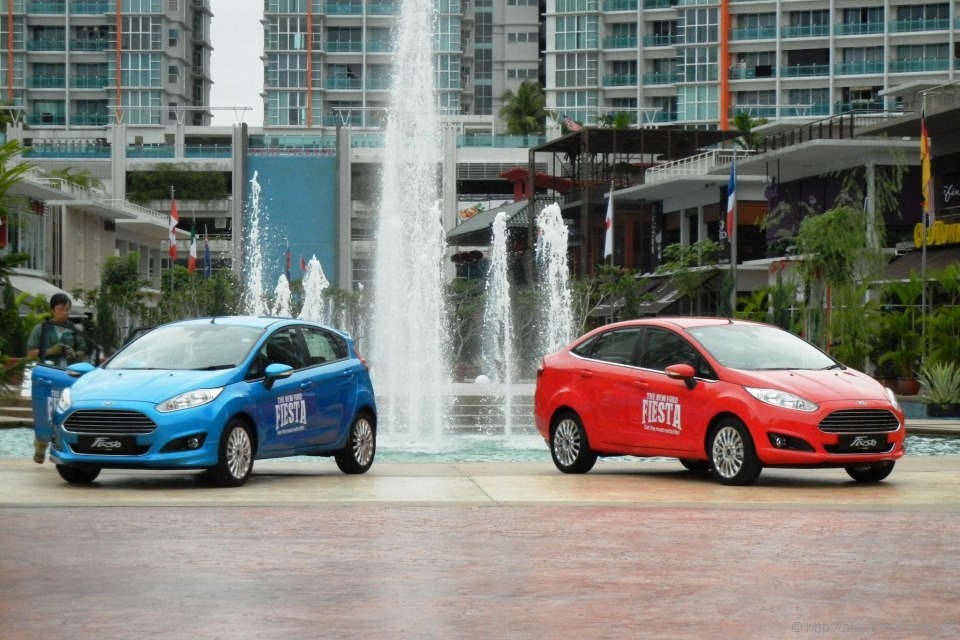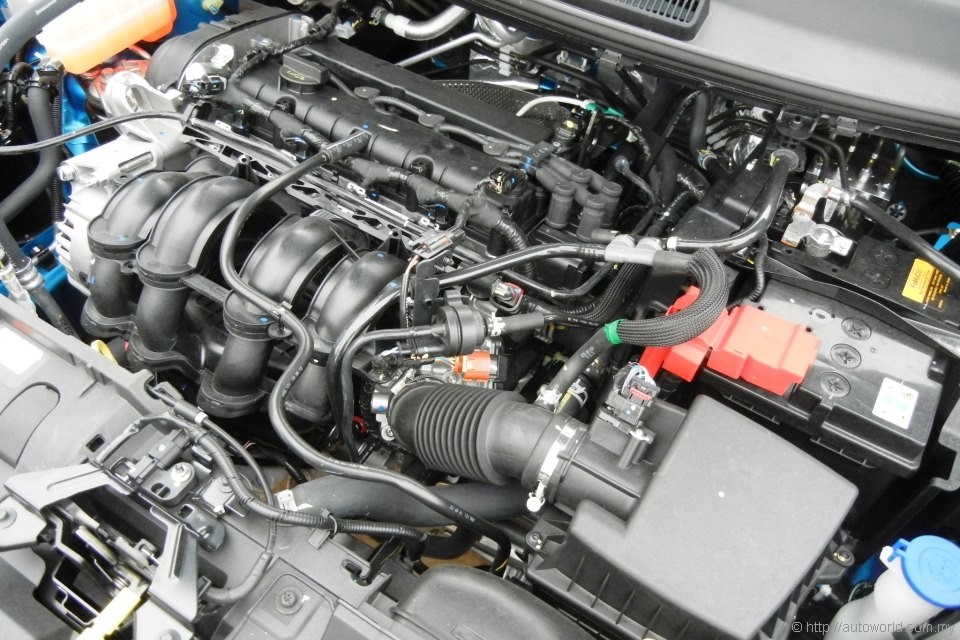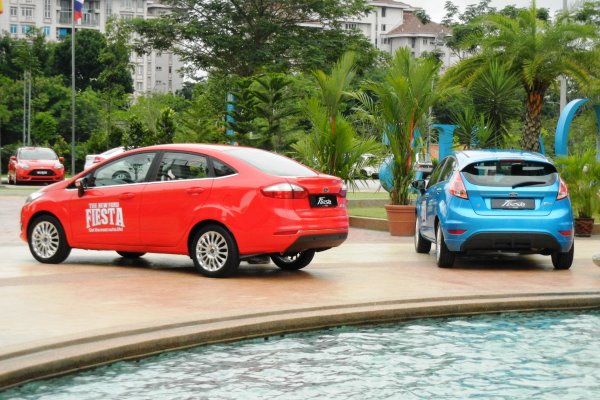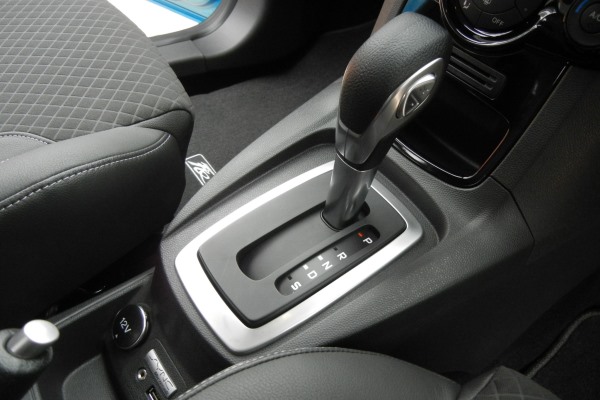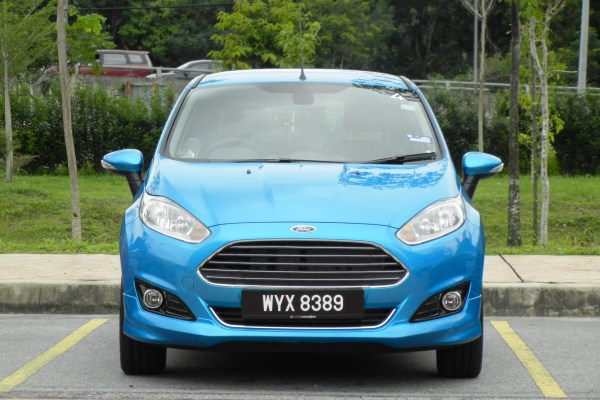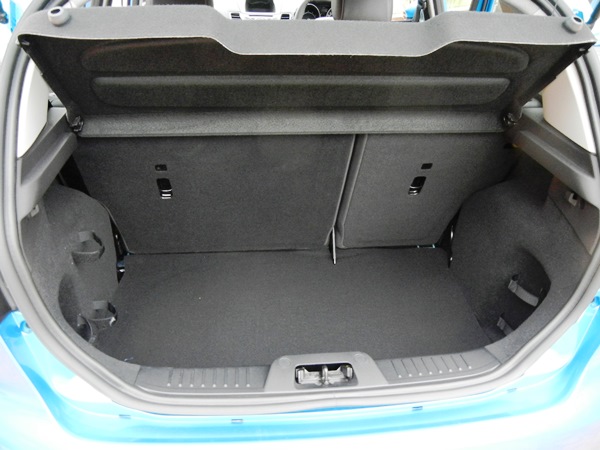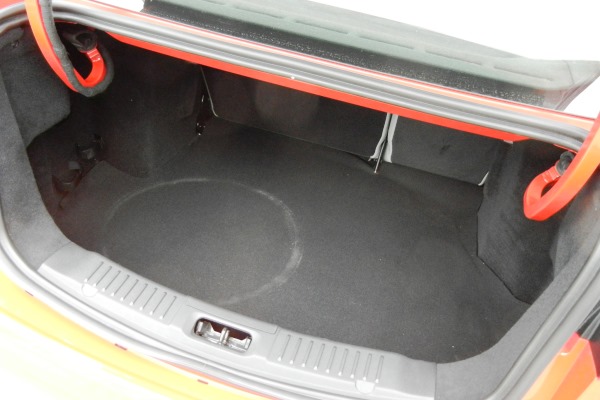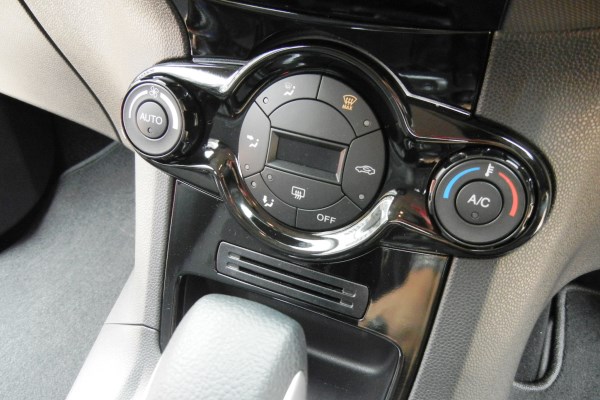2013 Ford Fiesta 1.5 First Driving Impressions
Up until 2010, Ford was a dying brand in Malaysia living in past glories relying only on the Ranger to support flagging sales. The brand had good cars in the Focus and the Mondeo, but it wasn’t until the Fiesta arrived that the Blue Oval finally turned a corner. The Fiesta catalyzed Ford’s fairy tale revival which is now being sustained by a succession of newer models.
Today, Ford’s revival comes full circle, as we go back to the car that kick-started this renaissance. The new 2013 Ford Fiesta is not yet a full model change, but it is more than a mere nose job with new rims. Due to launch later this month, the new Fiesta will come with many improved features and extensive technical revisions.
 |
| Aston Martin-inspired grille is one of the new Fiesta’s biggest talking points. |
Prices & Variants
As before, Ford will continue to offer the Fiesta in sedan and hatchback form, but this time with both body styles given identical levels of trim. The five-door hatch retains its Sport moniker, whilst the sedan is henceforth known as the Titanium. A new 1.5-litre naturally-aspirated engine is the only powertrain available at launch, but the award-winning 1.0-litre EcoBoost engine will be launched at a later date as a premium addition to the range.
An estimated price of RM88,000 has been announced and similar to what we’ve seen with the Focus, it is not unlikely that both the sedan and hatch will carry the same price tag. To recap, the outgoing Fiesta 1.6 costs RM83,401.50 as a sedan with the better-appointed Sport hatchback going for RM84,901.50. The base 1.4-litre model with manual transmission dipped below the RM70k mark.
(Editor’s Note (11/9/2013): The earlier stated price of RM78,888 and RM88,888 of the Fiesta 1.6 sedan and hatchback are outdated and have been amended in the article. Our apologies for any inconvenience caused.)
 |
| Estimated price of RM88k has been announced. |
With 70% of Fiesta customers since 2010 having chosen the top spec model, Ford has plenty of evidence showing that the Fiesta belongs to the upper end of the B-segment catering to more affluent and trendy young buyers. Equipment such as smart keyless entry, engine start/stop button, and Ford SYNC with USB/Bluetooth connectivity cements the Fiesta’s brief as a smartly-equipped vehicle.
Basking in the glory of its five-star rating by ASEAN NCAP earlier this year, the Fiesta is also one of the segment’s safest cars, with ABS, EBD, stability and traction control, reverse sensors, and hill launch assist all fitted as standard. There is a reduction in airbag count, however, as the previous seven-airbag package has been deleted in favour of a more cost effective dual airbag solution.
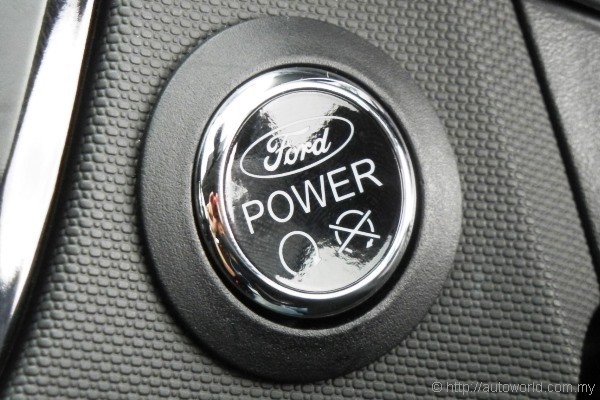 |
| Engine start/stop button. |
Specifications
The Fiesta’s new 1.5-litre engine was introduced as an answer to a now-discontinued incentive scheme by the Thai government which offered tax rebates to first-time buyers plonking their money on passenger cars with engines displacing less than 1,500cc. Despite sharing plants and platform, the Fiesta’s new engine is unrelated to the MZR powerplant of the Mazda2 which displaces the same capacity.
Featuring twin independent variable camshaft timing (Ti-VCT), the new Fiesta 1.5 produces segment-competitive outputs of 110hp @ 6,300rpm and 140Nm @ 4,400rpm. The 6-speed Powershift dual clutch transmission that featured in the 1.6 is carried over, but now incorporating a manual override feature. As explained in our reviews of the Focus, we don’t think highly of Ford’s approach in using a rocker switch to activate gear changes, but it’s probably better than not having the facility at all, we suppose.
A couple of innovations have been incorporated to help the Fiesta improve its fuel efficiency. Smart regenerative charging ensures that power is drawn from the alternator only on deceleration, thus ensuring not only the availability of full power on acceleration but also more effective usage of fuel. The Ford EcoMode software complements the existing fuel-saving hardware by encouraging smooth and economical driving from the driver.
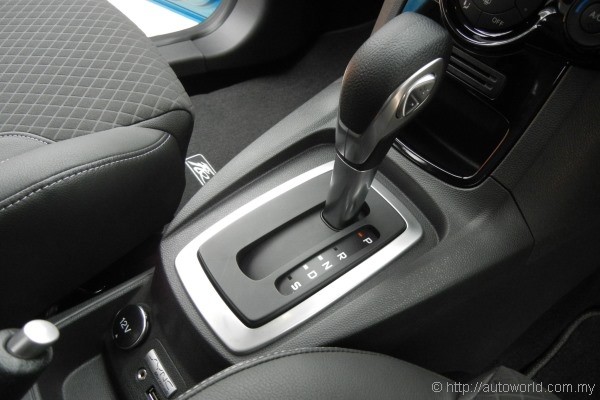 |
| 6-speed Powershift transmission now gets switch-operated manual override. |
Driving Impressions
Our preview drive today took us was a brief 54km drive from the Ara Damansara township in Petaling Jaya to Sungai Buloh via the Guthrie highway before circling back via the NKVE. With most of the drive route covering highways or stop-and-go urban traffic, our feedback of the Fiesta’s dynamics is therefore restricted only within that limited context. Sterner questions of its ride and handling will have to wait for a later date when we get a test car for an extended review.
Folks coming from the outgoing Fiesta 1.6 will probably notice the reduction in grunt of the new but smaller engine. Acceleration isn’t as effortless as before and there isn’t as much torque available at low revs to give you that sudden on-demand acceleration. Cajole it gently, however, it remains an entirely adequate powertrain, with speeds of 170kph within comfortable reach. High speed stability, as it was before, remains beyond reproach with the chassis maintaining commendable composure.
Ever since its introduction, the 6-speed dry clutch PowerShift has received a lot of criticism for its severe low-speed jerkiness; we tested a particularly bad example of one in the Focus not too long ago. The gearbox in our test car today seemed to have a more polished feel about it, but we reserve our final judgment until after a more extensive test drive. Within the context of today’s drive, the transmission’s control unit also proved adequately intelligent in selecting the right ratios, negating the need for us to operate the dreaded rocker switch manual override.
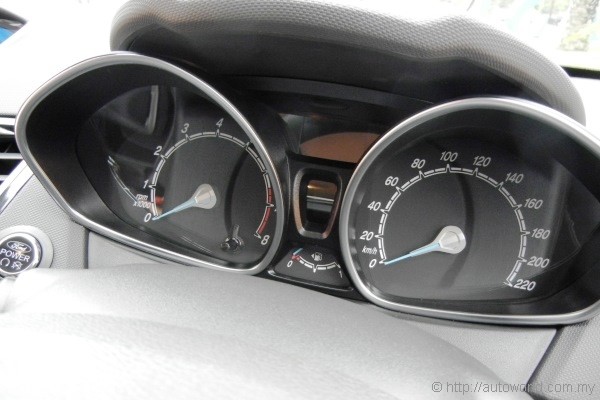 |
| Instrument binnacles remain largely similar to the pre-facelift model. |
Prospects
Having spearheaded a miraculous recovery for Ford three years ago, the Fiesta returns in a new and improved form to carry on the strong momentum that the brand currently enjoys. The new 1.5-litre engine loses some grunt of the old 1.6, but in the bigger picture, it gives the Fiesta a more upmarket and desirable entry-point than the now-discontinued 1.4 LX model. More crucially, it also plants the Fiesta right in the heart of Japanese territory, where the bulk of the B-segment’s volumes lie.
Overall, the new Fiesta 1.5 seems rightly-specced for the market, with a good balance of features that most Malaysian consumers demand with a decently affordable price tag. The 1.5 is likely to account for the bulk of sales in the long run, but the driving enthusiasts in us are looking forward in anticipation of the 1.0-litre EcoBoost variant.
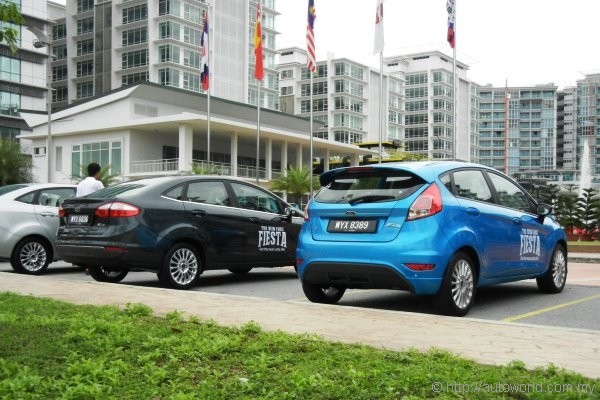 |
| Comparison of the hatch and sedan’s rear. |




